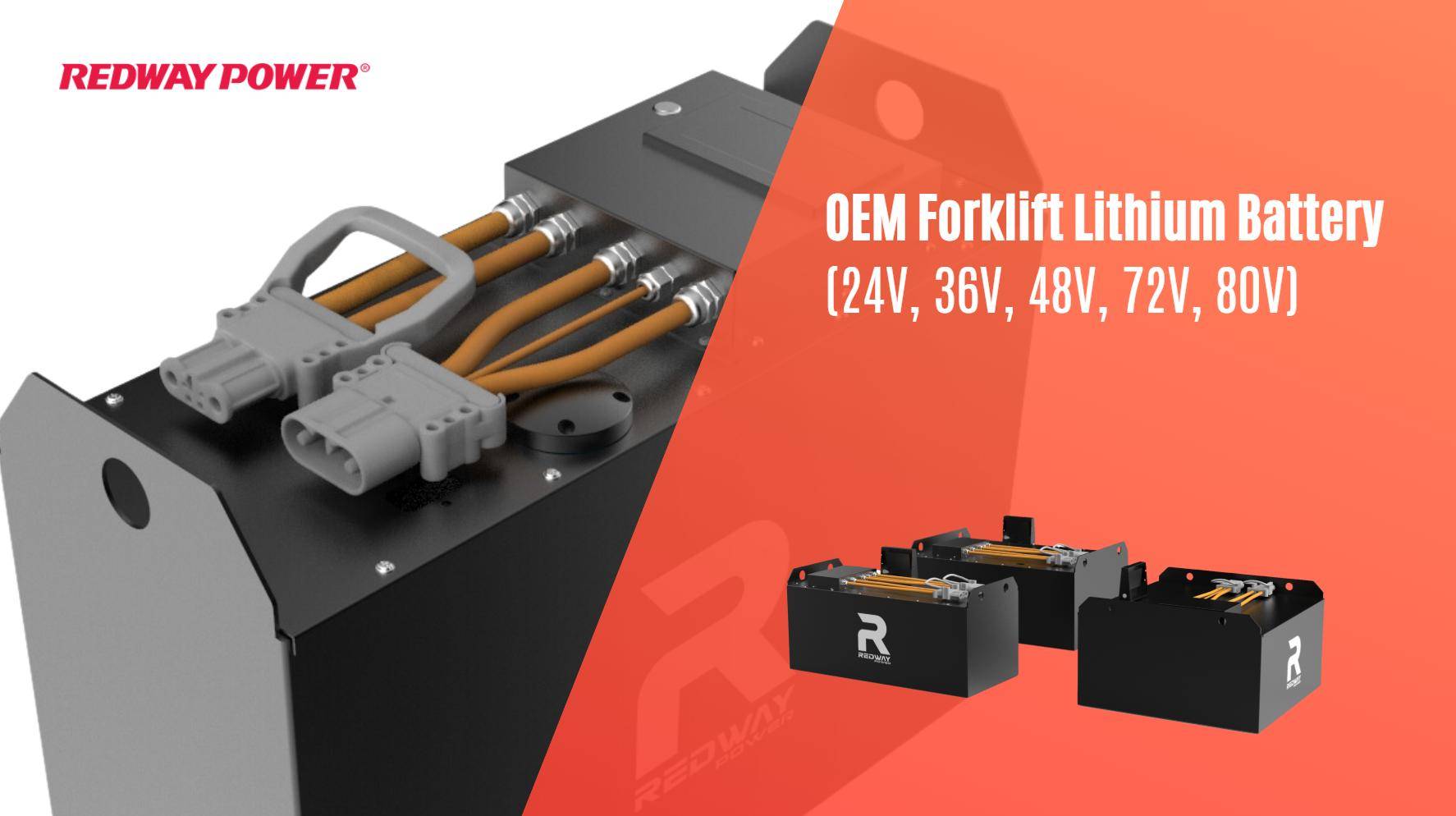
Blog
What Are the Cost Benefits of LiFePO4 Forklift Batteries?

LiFePO4 forklift batteries have higher upfront costs than lead-acid batteries, typically 2–3 times more expensive. However, their extended lifespan (3–5 times longer), zero maintenance requirements, and energy efficiency offset initial investments. Lead-acid batteries incur frequent replacement, watering, and equalization costs, making LiFePO4 more economical over a 10-year period.
What Long-Term Savings Do LiFePO4 Forklift Batteries Offer?
LiFePO4 batteries reduce long-term costs through minimal maintenance (no watering or cleaning), faster charging (opportunity charging), and 80%+ depth of discharge without degradation. Their 5,000–10,000 cycle lifespan slashes replacement frequency, while energy savings of 20–30% versus lead-acid lower operational expenses. Total cost of ownership (TCO) is 30–50% lower over a decade.
Extended operational hours further amplify savings. Unlike lead-acid batteries that require 8-hour cooling periods after charging, LiFePO4 units support opportunity charging during 15–30 minute breaks. This eliminates the need for backup batteries in multi-shift operations. For example, a warehouse running three daily shifts can reduce its battery fleet by 66%, saving $12,000–$18,000 annually in spare battery costs. Reduced energy waste is another factor – LiFePO4 chargers achieve 94% efficiency compared to 70–80% for lead-acid chargers, cutting kWh consumption by 1,200–1,500 per battery annually.
| Cost Factor | LiFePO4 (10 Years) | Lead-Acid (10 Years) |
|---|---|---|
| Battery Replacements | 1 | 3–4 |
| Maintenance Labor | $500 | $4,200 |
| Energy Costs | $3,800 | $5,100 |
Why Is the Lifespan of LiFePO4 Batteries Critical for Cost Efficiency?
LiFePO4 chemistry ensures 8–15 years of service life, outperforming lead-acid’s 3–5 years. Their resistance to sulfation and thermal degradation preserves capacity, reducing downtime and replacement costs. Even at 80% capacity after 4,000 cycles, they remain functional, whereas lead-acid batteries require replacement at 1,200–1,500 cycles.
How Do Maintenance Costs Impact Total Ownership Expenses?
Lead-acid batteries demand weekly watering, acid spill containment, and ventilation systems, adding 10–15% to annual costs. LiFePO4 eliminates these through sealed designs, no gas emissions, and zero watering. Labor costs drop by 50–70%, and facilities save on cleanup, safety equipment, and ventilation upgrades.
The hidden costs of lead-acid maintenance often go unnoticed. A single battery watering session takes 15–20 minutes per unit – for a fleet of 20 batteries, this consumes 60–80 labor hours monthly. Acid corrosion also damages forklift components and warehouse floors, incurring $200–$500 per incident in repairs. LiFePO4’s dry-cell design prevents these issues, with some facilities reporting a 90% reduction in forklift servicing costs. Additionally, OSHA compliance costs for hazardous material storage drop significantly since lithium batteries don’t require acid-neutralization stations or spill containment pallets.
“LiFePO4 isn’t just a battery upgrade—it’s a logistics overhaul. Warehouses report 20% productivity gains from eliminating battery swaps and maintenance. At Redway, we’ve seen clients cut energy costs by 30% and reduce downtime by 50%, making the switch a strategic move, not just a financial one.” — Redway Power Solutions Team
FAQs
- Q: Can LiFePO4 batteries handle multi-shift operations?
- A: Yes, opportunity charging allows continuous use across shifts without lifespan reduction.
- Q: Do LiFePO4 batteries require special disposal?
- A: No, they are recyclable through certified programs, often with manufacturer take-back options.
- Q: How temperature-sensitive are LiFePO4 batteries?
- A: They operate in -20°C to 60°C ranges but perform optimally at 25°C. Built-in BMS mitigates extreme temperature impacts.
- How to Choose the Best LiFePO4 Forklift Battery?
- What Are the Benefits of Wholesale and OEM LiFePO4 Forklift Batteries?
- What Are the Cost Benefits of LiFePO4 Forklift Batteries?
- How to Troubleshoot LiFePO4 Forklift Battery Issues: Expert Support Guide
- What Should You Know About LiFePO4 Forklift Battery Warranties and Support?
- How Can LiFePO4 Forklift Batteries Enhance Your Fleet Efficiency?








